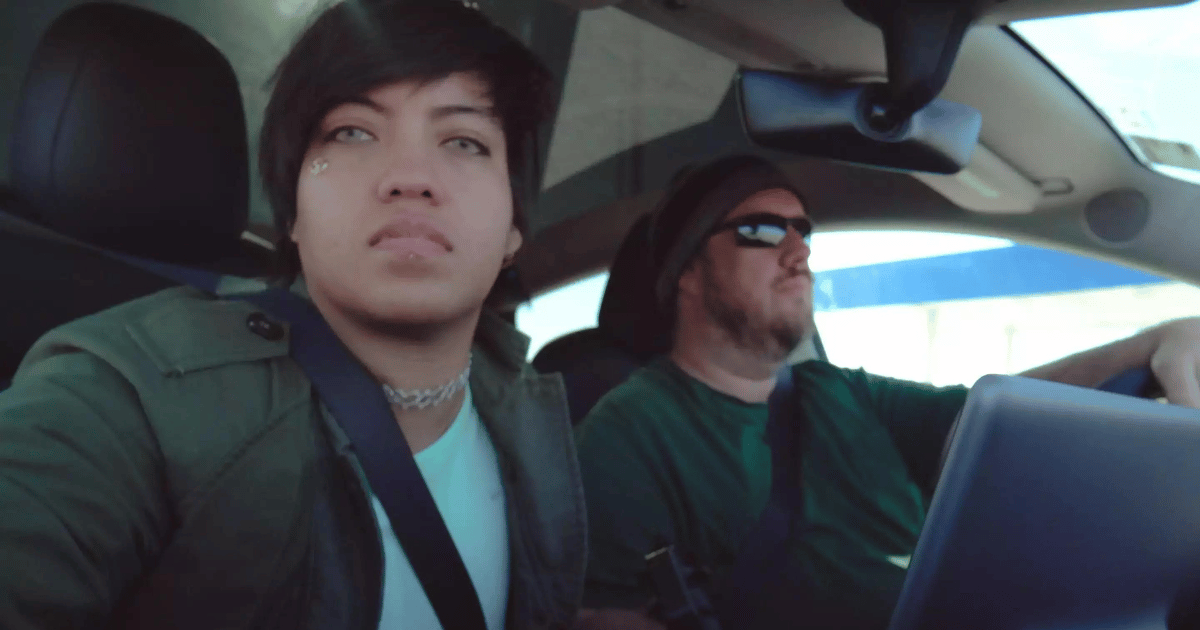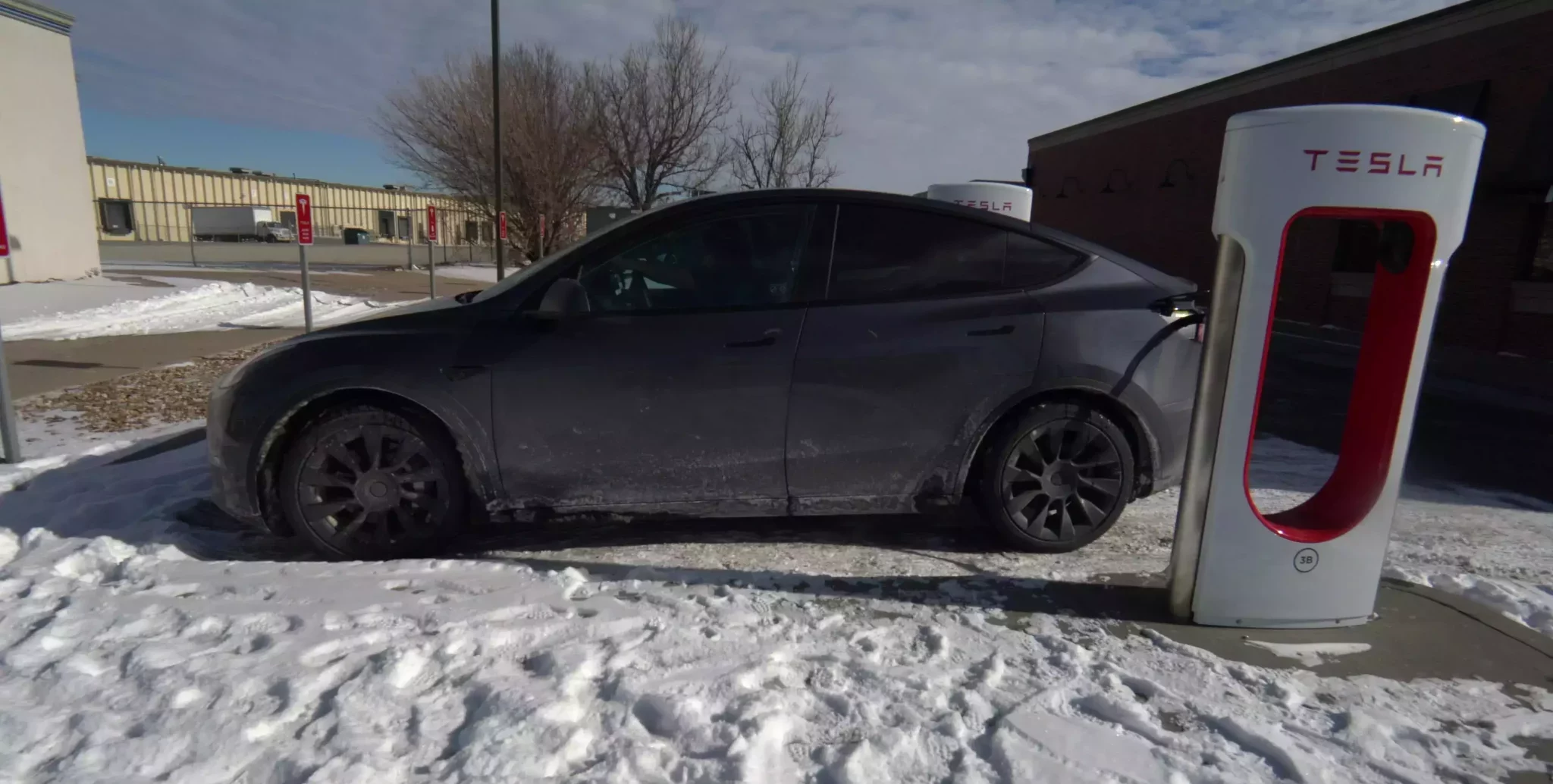Xaviar and Alice Steavenson wanted to know what it’s like to drive a Tesla, so they rented one from Hertz and drove from Orlando, Florida to Wichita, Kansas.
They knew the electric car would need to be charged along the way, but they didn’t know how often they’d have to plug it in.
After it got so cold in late December, they realized it would take longer to charge the car.
But “the battery would drain faster than it would charge,” Xaviar said.
Before they left, they could drive the Tesla for at least two and a half hours without having to charge it.
We ended up having to stop every one to one and a half hours to charge for an hour, then an hour and a half, then two hours,
he said.
So beyond the lost time, it also got to the point it was between $25 and $30 to recharge. Just in one day, we stopped six times to charge at that cost,
Xaviar said.
Xaviar said that Hertz’s website said that renting a Tesla was “always cheaper than gas,” but he said that wasn’t true at all.
When the siblings first called Hertz, Xaviar said the agent told him,
had nothing but Tesla calls today – I have no idea why they’re having issues.
A spokesperson for Hertz said:
We have not experienced a significant increase in communication from customers about the battery of their EV rentals. However, battery range varies by vehicle manufacturer and can be influenced by multiple factors including weather and driving conditions.
The Steavensons were not the only ones who had trouble charging their Tesla when it was very cold. A radio host from Lynchburg, Virginia, who is 44 years old, said that it was 19 degrees (-7 C) when his Model S wouldn’t charge and he was stuck just before Christmas.
Xaviar said that Hertz told him to get a new car at the nearest branch.
However, they don’t have Teslas there or not even the equivalent, so I’m headed back in a Nissan Rogue Sport – at least it’s economical.
When asked for a comment, Tesla didn’t give one.










